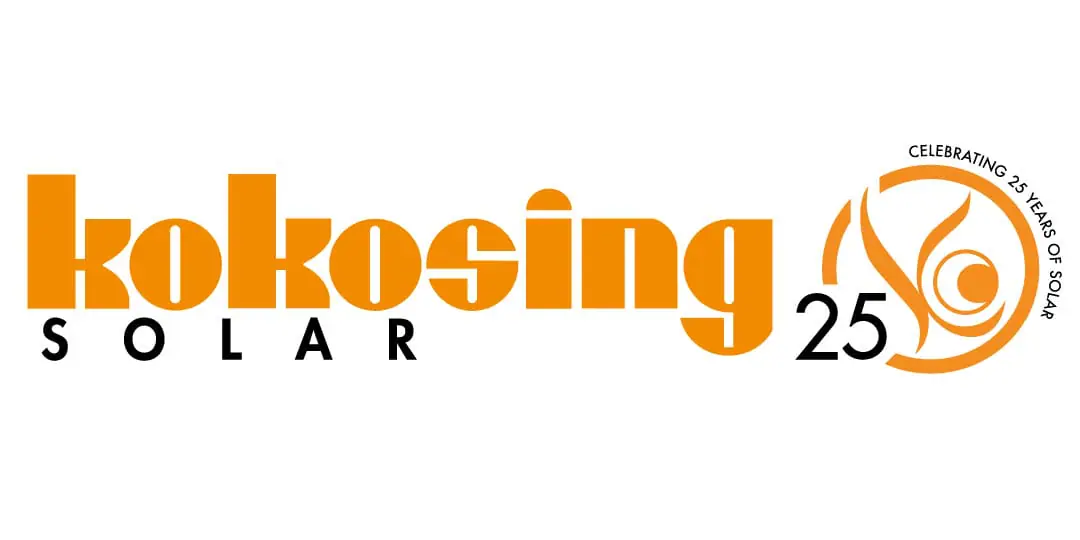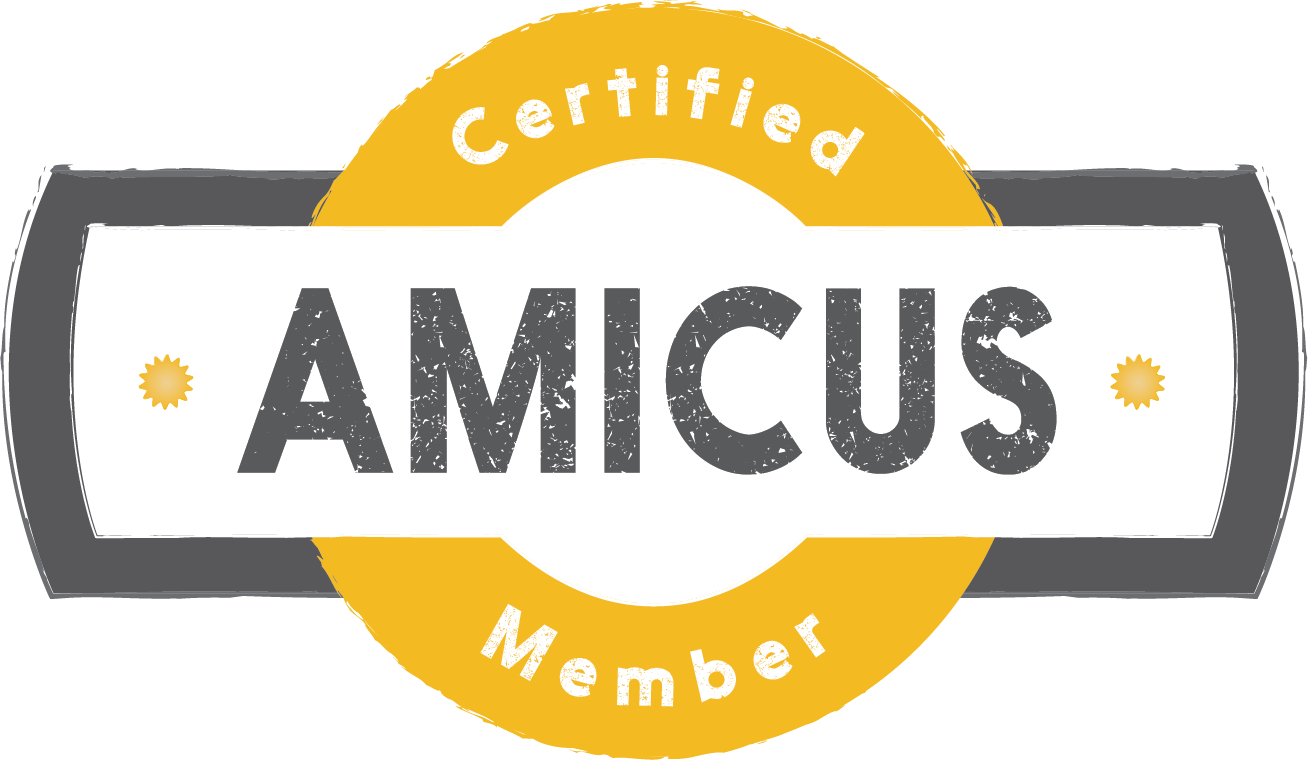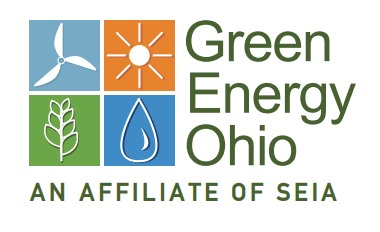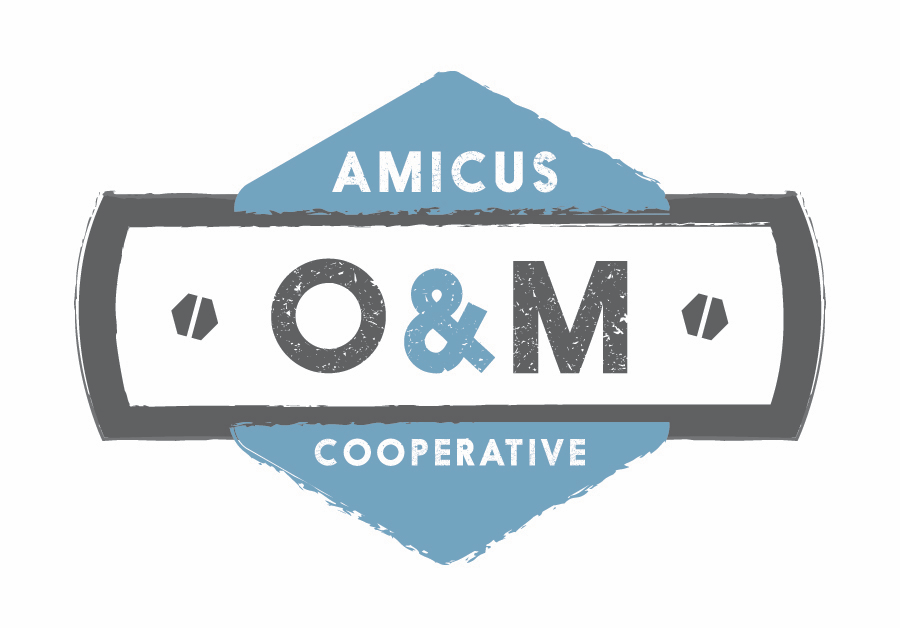Pew Roundtable Explores Ideas for Accelerating U.S. Clean Energy Industry
Athens, Ohio—The Pew Charitable Trusts Clean Energy Program recently convened a roundtable discussion to explore ideas for accelerating growth and competitiveness in the U.S. clean energy industry. This was the second of a half-dozen nationwide roundtables that Pew is hosting to gather expert input on the state of the U.S. clean energy economy and strategies for enhancing America’s competitive position. The ideas from these roundtables will be compiled by Pew into a “Blueprint for American Clean Energy Competitiveness.”
The roundtable was convened in collaboration with The Central Ohio Clean Energy Manufacturing Solutions Hub, Advanced Energy Economy of Ohio, Edison Welding Institute, and The Ohio Manufacturers Association. Approximately 30 industry leaders participated, including executives from GE Energy, AEP Ohio, Babcock & Wilcox, Rolls-Royce Fuel Systems, and Third Sun Solar.
The Pew roundtable focused on the issue of clean energy manufacturing in Ohio and, by extension, the U.S. The information gathered during the event will help inform Pew’s year-long effort to develop a comprehensive U.S. clean energy competitiveness strategy. The roundtable gathered a diverse group of business executives that crossed technology interests and areas of expertise. The group featured executives who know their industries well, are comfortable speaking candidly, and most importantly, can offer expert advice for steering policymakers to key issues in stimulating investment, business development, job creation, and progress across the U.S. clean energy supply chain.
During the roundtable, significant time was spent on issues currently impacting clean energy manufacturing in Ohio and across the nation, including:
- Government policies regarding renewable energy
- Financing and investment
- Grid parity
- “Bankability”
- Tax laws
- Regulatory changes and inconsistent policies
- Free market policy directions
It is hoped that outputs from the Pew roundtables will encourage policymakers to renew the production tax credit, pass a clean energy standard, and support innovators, entrepreneurs, and industry in developing the world’s most advanced, cost-competitive clean energy technologies for Americans to use and export around the world.
Statement from the Pew Charitable Trusts Clean Energy Program
Energy is a key pillar of our lives—it runs our cars, charges our computers, and powers our factories. Globally, energy use is expected to increase 35 percent over the next 25 years, driven almost entirely by demand due to increases in electricity use and vehicle fleets. The growing need for energy around the world is likely to make it an ever more precious commodity—forcing up prices and increasing global instability. Additionally, the world’s energy sector is responsible for approximately 70 percent of global carbon emissions, the direct cause of climate change. A business-as-usual approach to energy policy threatens global economic competitiveness, national security, and the environment. We must fundamentally transform the manner in which we produce, distribute, and consume energy if we are to reduce dependence on oil, create jobs, enhance global competitiveness, and decrease carbon emissions.









